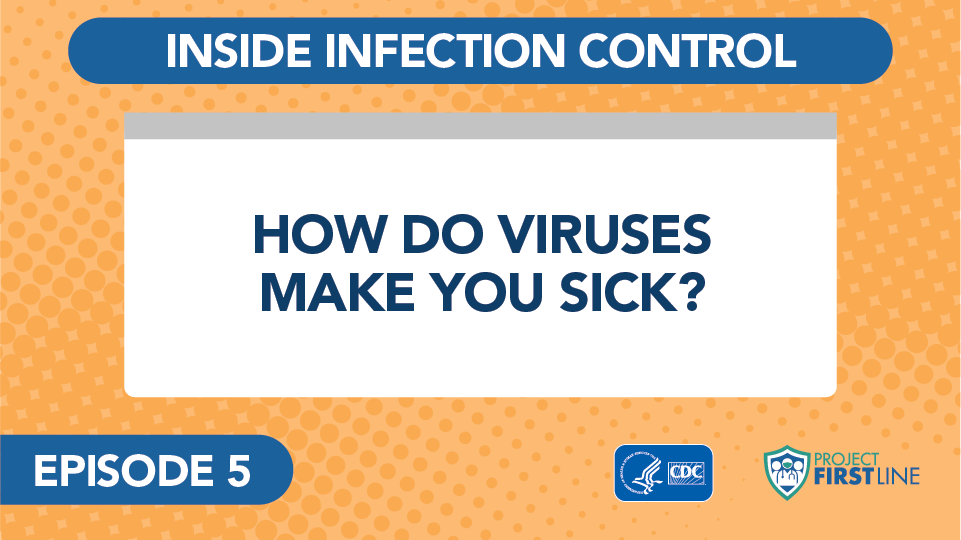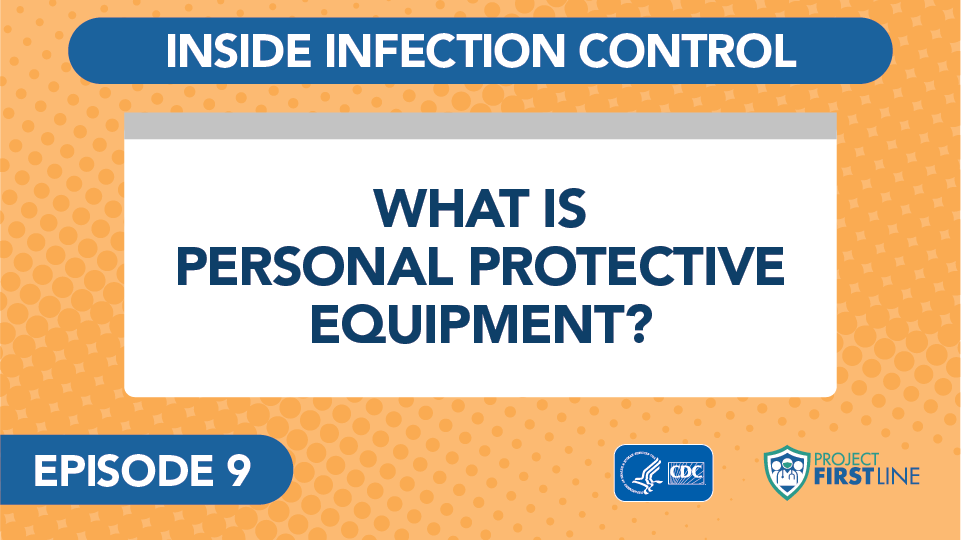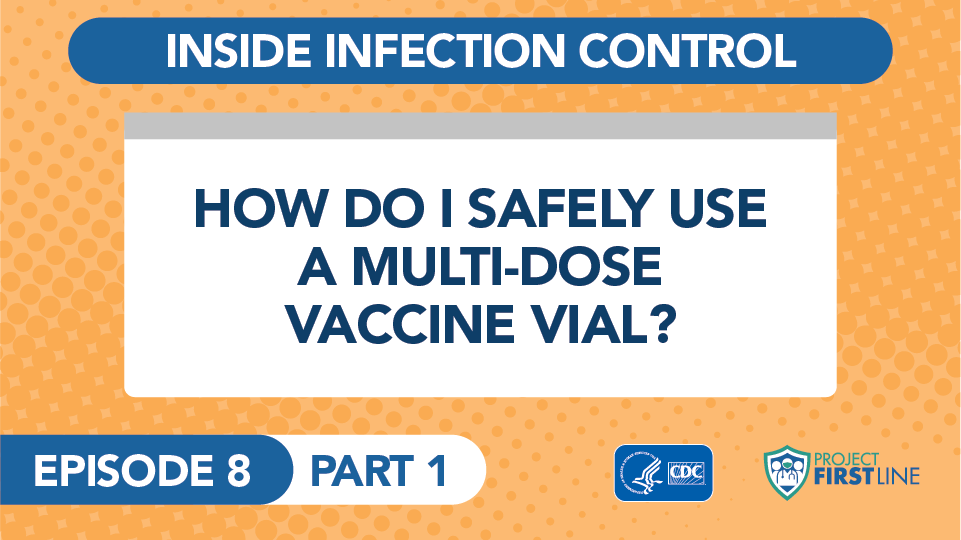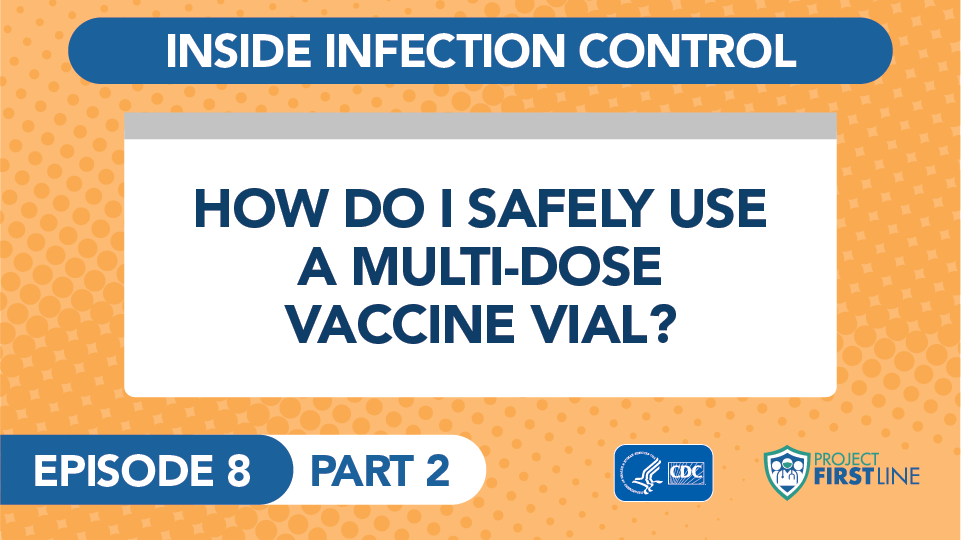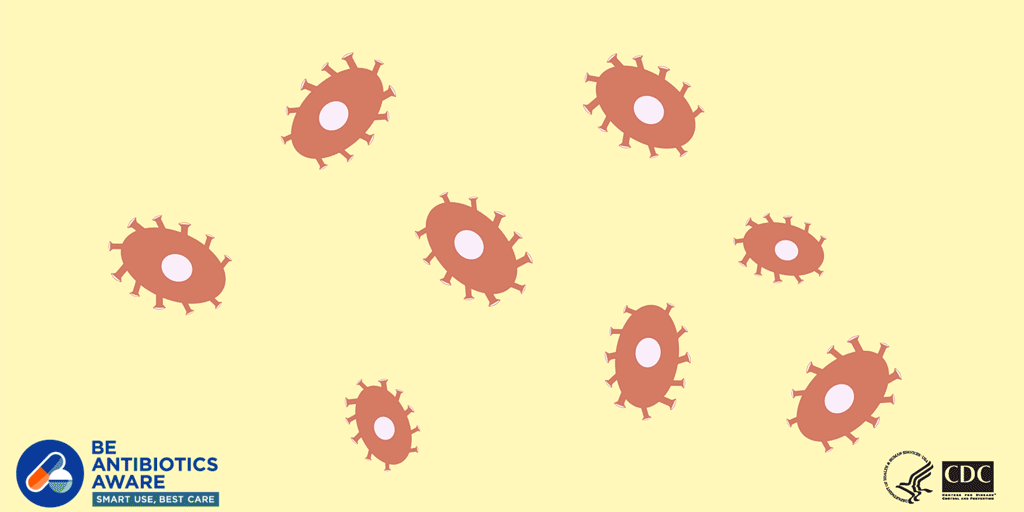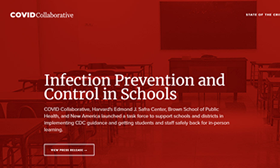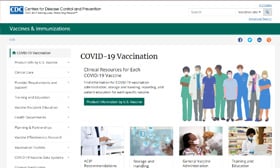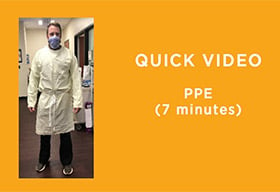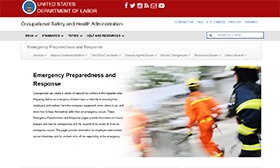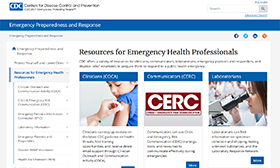On-the-Go Resources

On-the-Go Resources
Infection control prevents or stops the spread of infections in health care settings. To help nurses and infection specialists quickly access important resources, ANA Project Firstline has curated information from the world’s most trusted and reliable sources, including the CDC, National Institute for Occupational Safety and Health (NIOSH), Association for Professionals in Infection Control and Epidemiology (APIC), Occupational Safety and Health Administration (OSHA), National Institute for Health and Care Excellence (NICE), World Health Organization (WHO), and others.
Nurse-focused materials applicable to everyday practice include how infections spread, how to prevent the spread, and more detailed, topic-specific resources. Check back often for new content.
The Basics
Resources in this section cover infection control basics, which are essential foundational steps to understand the spread of infections and ways to prevent the spread. This includes standard precautions, as well as transmission-based precautions, used for all patient care to protect nurses and prevent the spread from patient to patient.
Featured Resources
PPE
Personal protective equipment (PPE) includes clothing, gloves, face shields, goggles, facemasks, respirators, and other equipment to protect front-line workers from injury, infection, or illness. When used properly, PPE acts as a barrier to block transmission of infectious materials from blood, body fluids, or respiratory secretions to your skin, mouth, nose, and eyes. PPE may also protect high-risk patients from exposure to potentially infectious material. Together with hand washing, use of alcohol-based hand sanitizers, and covering coughs and sneezes, PPE minimizes the spread of infection from one person to another.
Featured Resources
Learn how to safely remove and dispose of contaminated PPE to prevent infection exposure.
Vaccination Safety
Vaccines protect individuals and the public from life-threatening, preventable diseases. Healthy individuals, as well as the most vulnerable, benefit from vaccinations.
Featured Resources
Nurses should be well-informed about safe and unsafe injection practices, including proper use and disposal, as well as understand potential risks and strategies to prevent injury or contamination.
Healthcare-Associated Infections
Healthcare-Associated Infections (HAIs) are infections that patients get while receiving treatment for medical or surgical conditions. HAIs occur in all settings of care, including hospitals, surgical centers, ambulatory clinics, and long-term care facilities such as nursing homes and rehabilitation facilities. Some patients are at greater risk than others-young children, the elderly, and persons with compromised immune systems are more likely to get an infection. Other risk factors are long hospital stays, the use of indwelling catheters, failure of healthcare workers to wash their hands, and overuse of antibiotics.
Featured Resources
Understanding warning signs, preventative measures, and operational best practices are crucial to infection prevention for nurses in their healthcare setting.
K - 12 Schools
School nurses and other health care personnel are integral to keeping schools and childcare programs safe from the spread of infection. Find guidance on everything from the latest infection-control techniques to proper hand hygiene, vaccination, cleaning and disinfecting, ventilation, and much more.
Long-Term Care
Long-term care facilities throughout the country often lack adequate IPC knowledge and resources. Nurses can affect positive change for these facilities in their own communities with the necessary implementation tools.
Featured Resources
Disaster Preparedness
Nurses may serve as responders during disasters or infectious disease outbreaks. To effectively respond to public health emergencies and natural disasters, nurses must engage in emergency preparedness and response activities. Nurses should be prepared to maximize patient safety, decrease occupational exposures, and prevent the spread of infections in their schools, healthcare facilities, and communities during an outbreak or disaster.
Featured Resources

As a nurse, having trustworthy, accurate information is vital during healthcare crises like COVID-19. These official CDC training materials are created by IPC experts for healthcare professionals. Learn PPE safety tips, infectious disease guidelines, how to speak to coworkers and patients about infection prevention, and more. Sign up today to learn how you can stop the spread.



